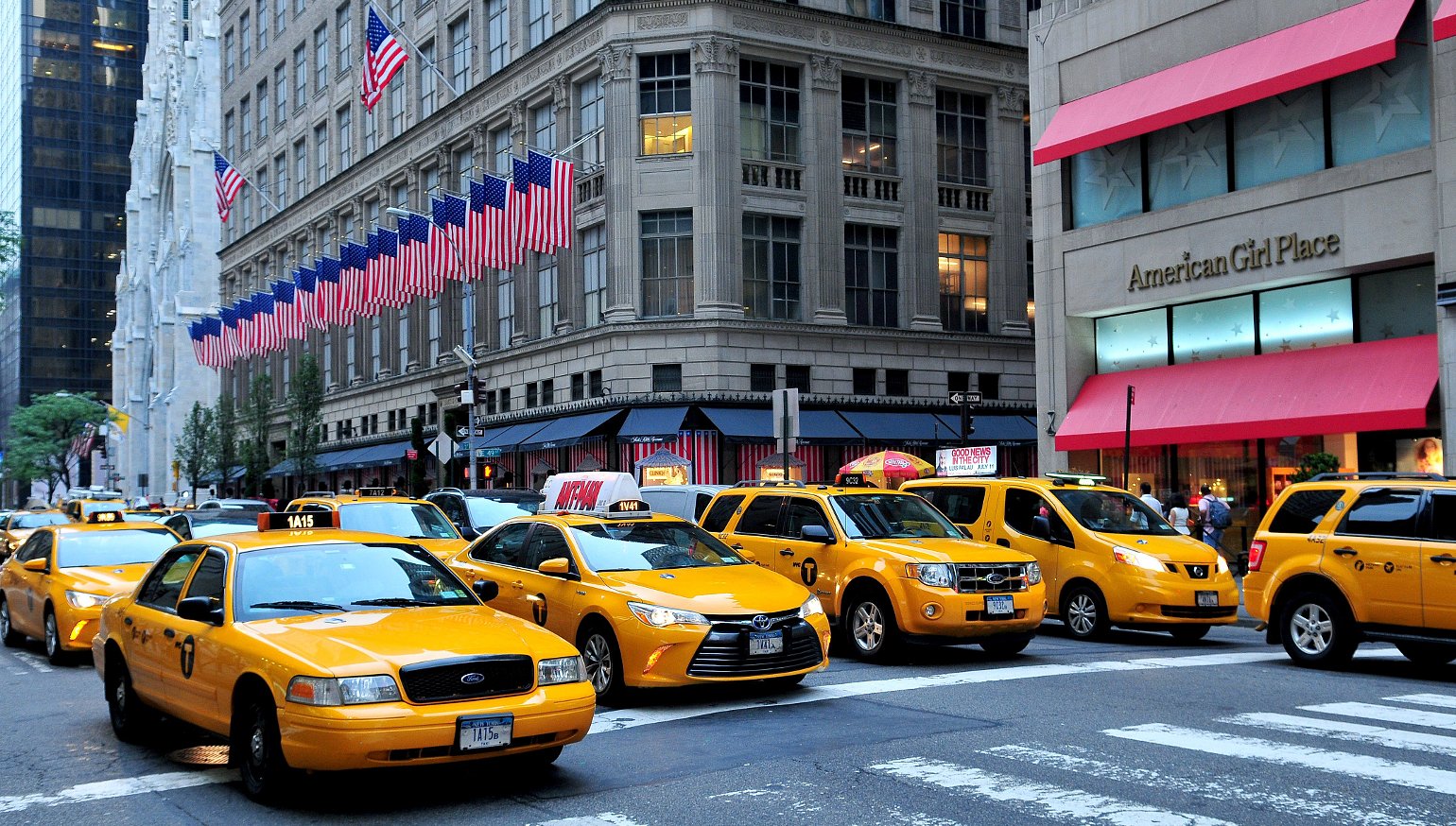As a part of the new state budget, New York Governor Andrew Cuomo and the state legislature adopted congestion pricing for Manhattan’s Central Business District (CBD), from 60th Street south, except for FDR Drive and West Side Highway.
The Central Business District Tolling Program (CBDTP) makes New York City the first place in the United States to charge road users to pass through busy urban centers.
Paying to sit in Manhattan traffic? Sounds terrible, and that’s exactly the idea. Congestion pricing is designed to reduce the number of road vehicles in a zone by making it less appealing to drivers. Handing New York money to drive slower than I can walk does not appeal to me at all. See? It works.
Theoretically, congestion pricing reduces “unnecessary” trips and overall congestion. Reducing traffic by even five percent can have a significant impact on gridlock. Road users who still travel through the congestion pricing zone provide a new revenue stream for the city, which advocates of the program say will be used to fund the Metropolitan Transportation Authority and its badly needed subway overhaul.
Details are scarce at this stage, but we know one important detail: no exemptions for motorcycles yet, even though local and national groups have already lobbied for that. In fairness, specific exemptions haven't been granted to much of anyone yet, since the Traffic Mobility Review Board overseeing the congestion pricing hasn’t even been formed. Government employees, truckers, cab drivers, ride-sharing services, New Jersey commuters and maybe even people who never even drive through Manhattan, will surely lobby for exemptions in the coming months. For now, the state’s plan only includes language indicating a break for residents of the CBD and New Yorkers making under $60,000 a year.
A few minor points still need to be ironed out, such as how much the charge will be, who determines the fee, how the charge will be collected, who will be exempted, and just about every other detail involved. Gov. Cuomo tasked a commission with calculating an ideal price last year, and they landed on $11.52 per day for cars. Charges will probably be collected with existing EZ-Pass transponders and a whole lot of cameras. The plan is scheduled to begin on January 1, 2021. That seems very ambitious, in my opinion.
Odds are, you don’t live or ride in Manhattan. Still, New York’s congestion pricing move has broader implications, because it could set a precedent for other cities across the country if the program is successful. Los Angeles, San Francisco, Seattle, and Philadelphia are already investigating similar plans.
While we’re talking precedent, congestion pricing is already in practice outside the United States. Singapore’s Area Licensing Scheme, a pretty basic version of congestion pricing, was rolled out in 1975. London, Stockholm, and other cities have successfully reduced traffic using congestion pricing tactics. London’s congestion pricing structure in particular makes some sensible exemptions. “Two-wheeled motorbikes (and sidecars) and mopeds” don’t have to pay. Neither do “emergency service vehicles, National Health Service vehicles, [and] vehicles used by disabled people.” Discounts are also available for vehicles with ultra-low emissions. Private-hire vehicles (think Uber or Lyft) were previously exempt, but that’s changing this month. Even so, critics of London's plan argue that too many exemptions undercut its effectiveness.
Cheryl Stewart, an activist with Riders Against Congestion, is leading efforts to get a 100 percent exemption for motorcycles in the CBD.
“If we don’t get it right here in NYC, we’ll be in a disadvantageous position everywhere else,” she asserts. “It’s tempting to become discouraged because we didn't ultimately end up with an exemption written into the budget. Considering that we don’t have traditional leverage, such as big money or a large demographic, we did extraordinarily well with only our passion and the fact that we’re making sense… But the negotiation process for the so-called 'carve-outs' became so contentious that the legislators and the governor kicked the can down the road.”
If New York’s congestion pricing plan is going to work, the city will need reliable and accessible public transportation to handle the shift away from the roads. Motorcycles could be one more alternative to driving a car in the city, and incentivizing their use with an exemption could help ease the transition into New York’s congestion-pricing era. Looking at the bigger picture, no charges for riders may prove to be an important precedent as other cities with larger motorcycling populations eye congestion pricing for themselves.
“It’s hard to describe to people who don’t live and ride here, but NYC motorcyclists have been all but invisible to policymakers, as well as auto drivers. It’s a challenging environment,” Stewart says. For Riders Against Congestion, the fight is far from over and the implications could spread far beyond Manhattan.








